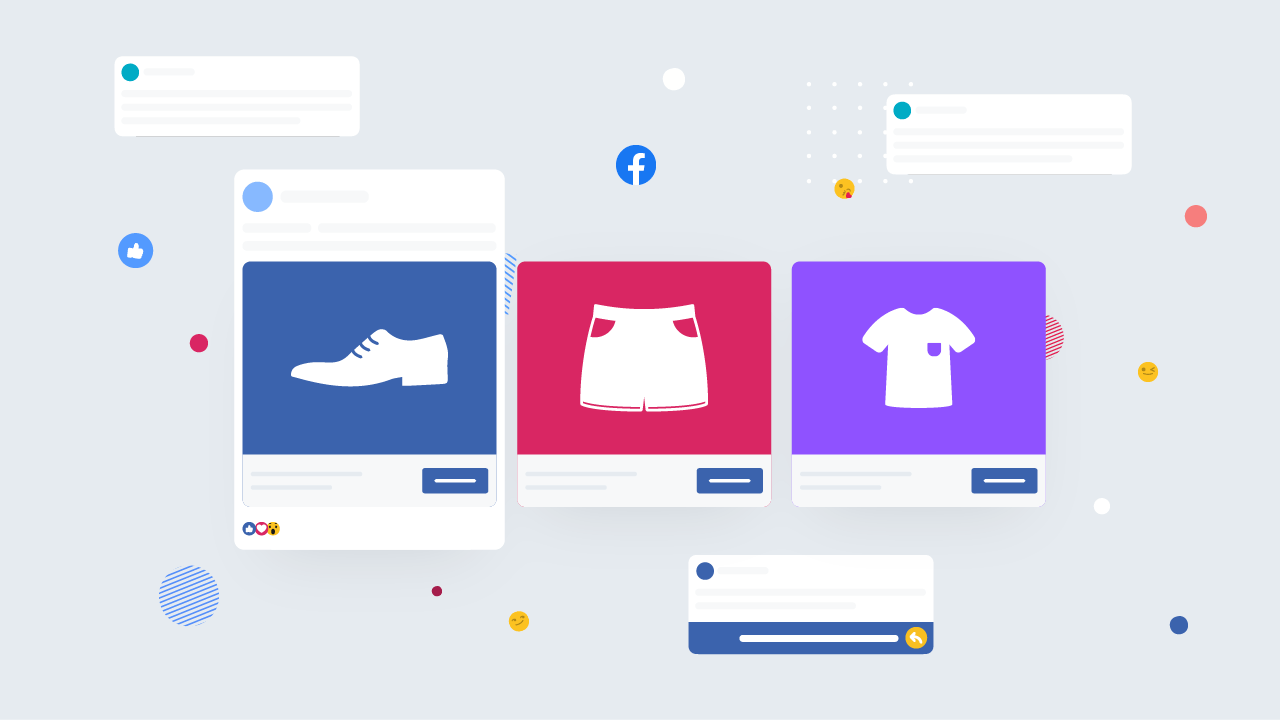
Get more from your ad campaigns with dynamic ads. Learn the benefits these ads provide as well as tips for ensuring high ROI.
Personalization is a key success driver in digital marketing. Yet, most people don’t use it in advertising. Instead, they view it as something that’s reserved for emails, text messages and automations instead of looking for creative ways to engage in dynamic ads.
The great news is, since not everyone is using dynamic ads, it’s a great opportunity to build deeper relationships with your prospects and customers starting with the first interaction.
Dynamic messaging offers a chance to tailor messages directly to the user, their interests and their needs. Learn how to engage in this crucial element of a good dynamic advertising plan.
These ads use profile data and preferences from your target audience to customize the messaging. Advertisers can pull relevant information into their advertisements to increase engagement and experience better conversion rates.
Some examples of ways to customize ads include:
Engaging in customized ads provides many outstanding benefits for marketers. Take a look at some reasons why you should take the time to customize your marketing messaging.

Personalized ads are generally useful in three formats. Here’s a look at where and how to use these ads.
Like any marketing tactic, you need a clear strategy before getting started with these ads. The more time you spend building a clear strategy before starting the campaign, the more likely you’ll be to see results. Here’s a look at several tips that can help you get the most from your ad setup.
Take some time to gain a better understanding of who your ideal customer is. Build targeted buyer personas to learn more about what drives them to seek solutions to their problems and what those problems are.
Learn more about your target audience’s shopping behavior, what types of information they enjoy consuming online and when they tend to go online so you can reach them at the right time with the right message.
During this process, you should also outline the customer buying journey to better understand what the customer needs at each phase of the process. A deeper understanding of who they are and what drives them at each phase will make your dynamic campaign more valuable.
One mistake marketers make in advertising campaigns is just getting them up and running as quickly as possible. But without goals set at the onset of the campaign, you’ll struggle to say whether it was successful or not as the results begin to roll in. How will you tell management that you need more budget to expand the campaign if you haven’t outlined what success looks like?
Some goals you might consider include:
It all depends on what your objectives are with your campaign. If you’re driving awareness, email sign-ups might be an appropriate metric. But if your goal is to increase sales, you’ll need a different strategy and a different way of measuring success.
Dynamic creative optimization (DCO) is a machine learning technology. It automatically optimizes ads to reach your target audience. DCO pulls in real-time data to help it choose which elements or content to use in the ad, including products and media. It then decides how to best format the ad based on your audience.
Most ads start with a master template and then use various media, calls to action and copy to attract different individuals. Often, this starts with finding a master template that resonates with your audience, which might mean running some A/B ad tests for a week or so to find the best starting point.
When testing ads, use various channels to get a better dataset for getting started. This means completing A/B tests in emails, social media and online platforms. That way, you have a clearer response as to what works best.
Although you’ve created dynamic content so that your ad is never the same when it shows to a prospect, you can’t just leave it out there to run for weeks or months on end without monitoring.
Take time to review the ad analytics to see how it is tracking toward your goals. Some companies with long sales cycles or complex lead-scoring matrixes might need more data and time to know how the ad is working. Regardless, you should monitor the ad closely while it is running to ensure the best results.
While reviewing analytics, cross-reference the results with other platforms to see where you’re gaining the greatest ROI from your ad spend to determine where to put your budget moving forward. Do not make emotional decisions in your marketing because you don’t want to leave a platform like Facebook behind.
Dynamic ads are an advanced tactic. Unless you have many years of experience running ads, it’s better to leave these ads to the experts to avoid costly mistakes and mishaps in personalization. New Light Digital is a digital marketing agency with diverse skill sets, including PPC and online ads. Schedule your free consultation now to get started.
Further reading: